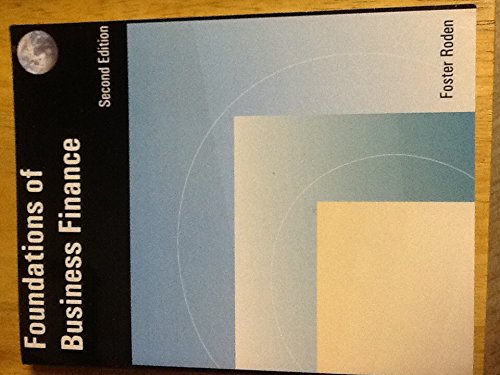Question
An investor is looking at past trends for three plans comparing dividends paid per share. She collects sample data from each plan to compare the
An investor is looking at past trends for three plans comparing dividends paid per share. She collects sample data from each plan to compare the average dividends paid per share. Let = 0.05. Plan 1 Plan 2 Plan 3 1.33 1.00 0.35 1.60 1.19 1.15 1.96 1.20 0.25 1.95 3.07 0.95 0.75 1.56 0.35 2.73 0.60 0.61 2.08 1.36 1.04 Groups Count Average Variance Plan 1 7 1.771429 0.391514 Plan 2 7 1.425714 0.615929 Plan 3 7 0.671429 0.138414 Source of Variation Sum of Squares df Mean Squares F P F crit Between Groups 4.4298 2 2.2149 5.7988 0.0114 3.5546 Within Groups 6.8751 18 0.3820 Total 11.3049 20 (a) What is the next step in the one-way ANOVA? Stop, the results were significant. The Tukey-Kramer post hoc test is not needed. Stop, the results were not significant. The Tukey-Kramer post hoc test is not needed. There is not enough information, so collect more data. Continue to the Tukey-Kramer post hoc test, as the results were significant. (b) The Tukey-Kramer method uses the formula (xi xj) q MSE 2 1 ni + 1 nj . Using the formula, what is the value of q from the table for this scenario? (Use a table. Round your answer to two decimal places.) (c) The Tukey-Kramer method uses the formula (xi xj) q MSE 2 1 ni + 1 nj . Using the formula, how many intervals need to be calculated for this scenario?
Step by Step Solution
There are 3 Steps involved in it
Step: 1

Get Instant Access to Expert-Tailored Solutions
See step-by-step solutions with expert insights and AI powered tools for academic success
Step: 2

Step: 3

Ace Your Homework with AI
Get the answers you need in no time with our AI-driven, step-by-step assistance
Get Started


